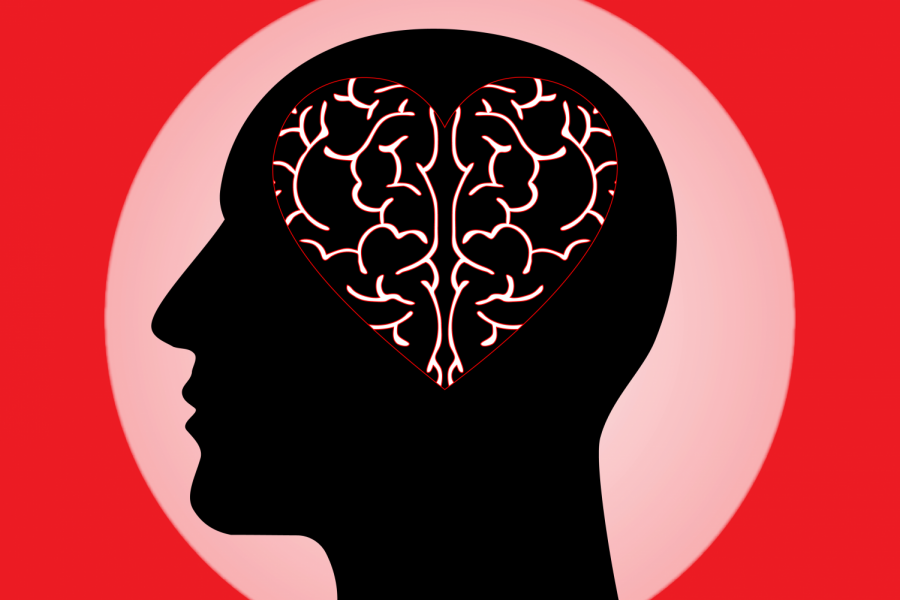Late last month, University of Minnesota President Joan Gabel announced the launch of the President’s Initiative for Student Mental Health, or PRISMH — a systemwide program created to improve students’ accessibility to mental health resources.
Gabel said she hopes that the program can improve students’ access to mental health resources on campus by analyzing existing programs to ensure they are meeting the needs of all students, particularly students of color; “fully leveraging technology”; and making sure that faculty and staff are working to help students access mental health resources. The PRISMH task force will meet for up to three years.
Why now?
The task force’s launch comes after the results of the College Student Health Survey, which is conducted every two years on the Twin Cities campus. In the 2018 survey, 27% of students reported that they had been diagnosed with depression at some point during their life, while 31.6% of students reported that they had been diagnosed with anxiety at some point.
Maggie Towle, the senior associate vice president for student affairs and co-chair of the PRISMH task force, has been meeting with a student mental health advisory committee monthly for the past year and a half.
The task force has representatives from various student groups, many aimed at supporting student mental health.
Towle said the students have consistently expressed that there are a lot of resources available at the University to help manage mental health challenges, but they can be difficult to access.
“The U, it’s a really big place. It’s very decentralized. It’s a resource-rich place, but it’s oftentimes not very easy to understand where all the resources are and how to get access to them,” Dr. Tabitha Grier-Reed, a professor in the College of Education and Human Development and co-chair of the PRISMH program, said.
The co-chairs said they hope to improve the accessibility of mental health resources by centralizing information about how to access resources.
Addressing disparities
Another goal of the initiative is to ensure mental health resources offered on campus meet the varying needs of all students, Gabel said in an interview with the Minnesota Daily.
The current mental health system often underserves Black people, Indigenous people and other people of color, which can lead to these groups being hesitant to seek out services that “do not seem appropriate or effective for them,” Grier-Reed said in an email to the Daily. Challenges for the task force will be to use culturally-informed lenses and reduce mental health care resource disparities.
Communicating with Black, Indigenous communities and other communities of color, as well as understanding their needs will be important when addressing inequalities, Governess Simpson, the committee director of Minnesota Student Association’s Health and Wellness Committee, said. She emphasized that it will be important to have the perspective of BIPOC students involved with the task force instead of assuming what will improve gaps in care.
“The first thing is just general representation. Not only who [PRISMH] is supporting but also who’s kind of spearheading the efforts there,” Simpson said. “In order to understand what BIPOC students are going through, it’s important to have that perspective.”
Simpson also called for PRISMH to address issues that directly affect students on campus, such as the intersectionality between mental health and race and the eventual return to in-person classes.
“This is following the tailwind of the murder of George Floyd and the upcoming trial as well as the general heightened discrimination against Asian Americans as the results of the pandemic,” Simpson said. “I think that mental health can look different for every student. It’s really important to ensure the efforts that PRISMH is doing to support those students are representative of the challenges that students are facing beyond academic pressures and stress in school.”
Grier-Reed said that disparities in mental health care are not there by coincidence and will be “top of mind” for her as co-chair of PRISMH.
“These [disparities] are systemic and deeply entrenched,” Grier-Reed said.
The task force makeup
A task force of undergraduate, graduate and professional students, along with faculty, clinicians and staff, will guide the initiative. Grier-Reed and Towle will start reviewing applications for the committee after March 19. So far, 40% of the applicants are students, 20% are faculty and the rest are clinicians and staff members.
Student voices will be critical to how the initiative is designed moving forward, Grier-Reed and Towle said.
“The students are why we’re all here. We want to hear from students about what their lived experiences are on our campus. That’s really going to help guide us, I think, in terms of what additional kinds of programming, resources or support we want to do,” Towle said.
Simpson said she thinks the program’s effectiveness will be dependent on the feedback and opinions of students. She encouraged anyone interested in being involved with the task force to fill out an application.
“As with any initiative, students should really be at the forefront in order to accurately depict their own experiences and to ensure that the changes being made on the campus reflect the needs of those who need it,” Simpson said.


















